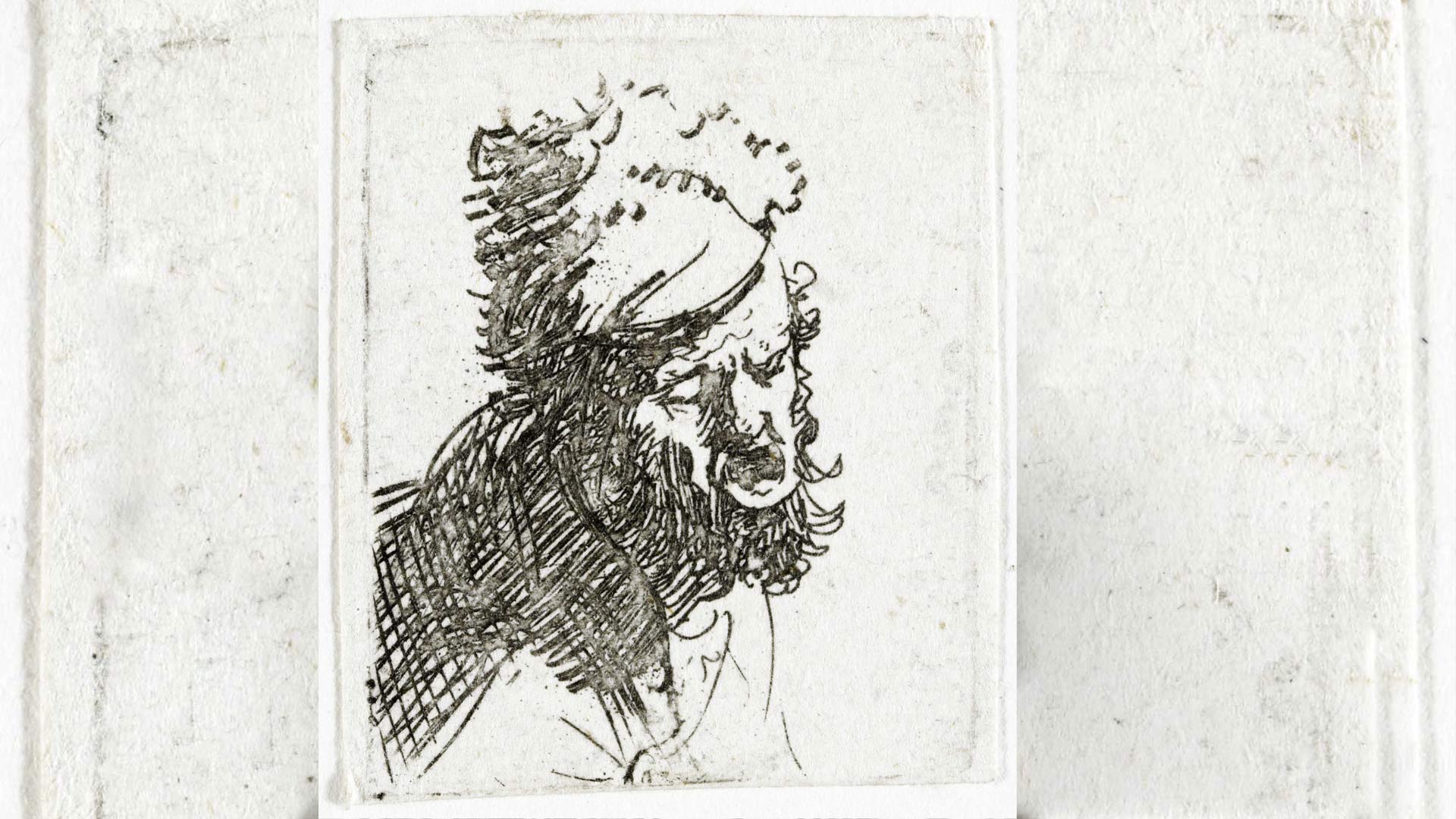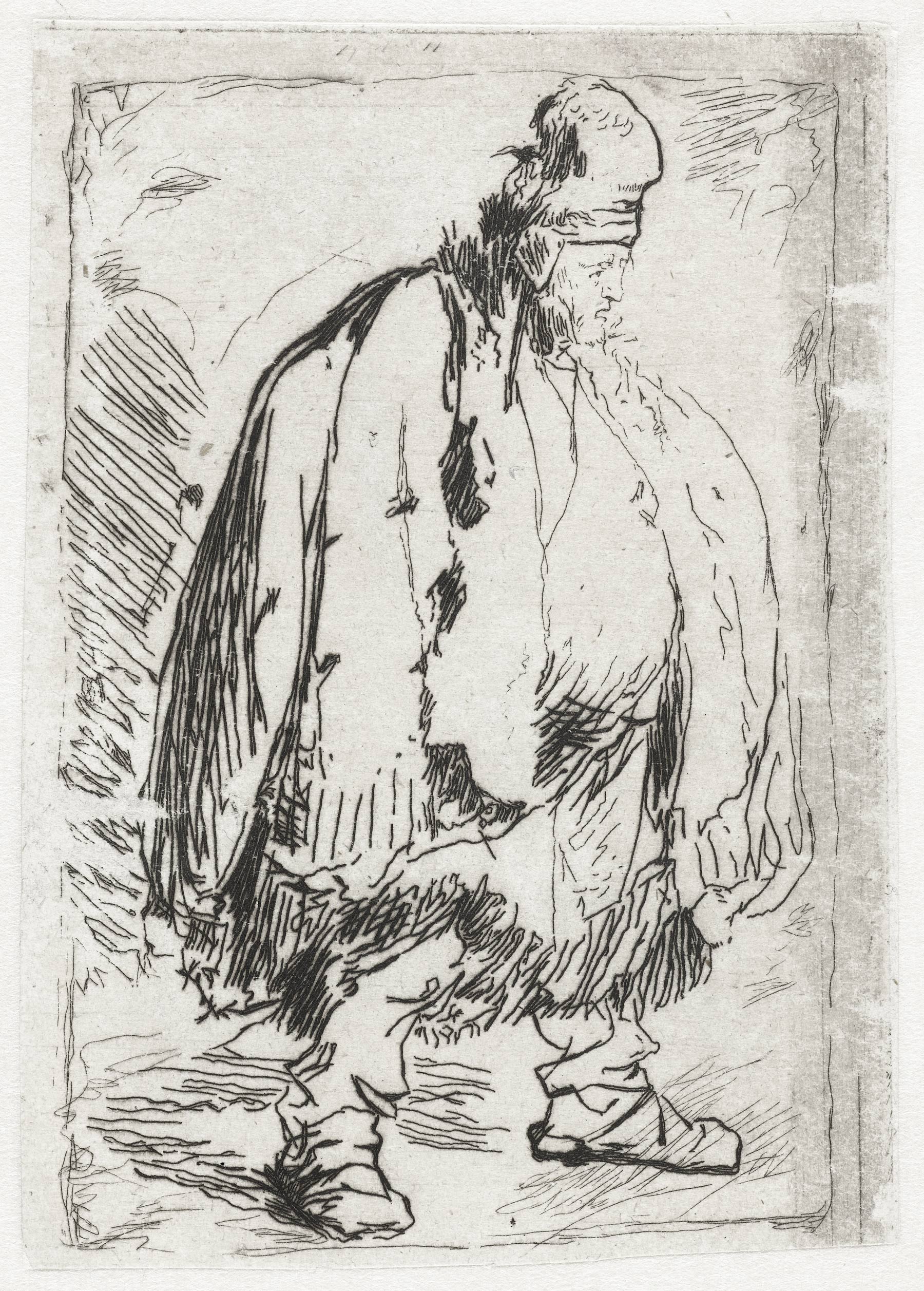Work with open lines
Rule 4
workload …
Open lines give the object space to breathe.
These open gaps are your helpers, allowing you to capture the imagination of others
Understand how you can use the blank spaces as a tool to create the supposedly perfect sketch.
Watch the film to learn about the 4th rule.
Script
Hello, happy sketching!
Why do we need open lines?
What are open lines? A happy problem for the sketcher: if you don’t know… just leave them open. Always remember that.
This is the third rule.
Here is Rembrandt again: You will find this principle everywhere.
Maybe the place that is so damn difficult … teeth in the mouth, where is the ear, where is the ankle … is just left blank.
That’s it! Or no, a few more words.
With open lines, the object is not constricted and not formulated in a conclusive way. It is precisely this „nonfinito“ that has its appeal because our perception works like a permanent comparison. Our brain creates numerous schemata over time. The viewer constantly compares image information, then standardizes and remembers it in order to be able to perceive it more quickly in the future.
In other words, our brain works in advance.
Let’s take Mickey Mouse as an example!
Your task is now to sketch a Mickey. So just the head, that’s enough. Imagine a Mickey head. Exactly! Do you have the picture? Then take a pencil and draw it! Oh no, don’t cheat, don’t google a Mickey. Otherwise the experiment would be pointless – you know what a Mickey looks like.
I’ll now pause for 60 seconds and you draw.
— pause —
It was admittedly a bit mean. Because I already knew that you’d gone from feeling great: „Yay, a Mickey Mouse, I know him well, I’m sure I can sketch that … to uuuuh, no, that’s very difficult.“
And yet, you had the definite feeling that you knew what a Mickey Mouse looked like.
But you struggled. You didn’t even know the smallest details. How do you do the ears and the hairline? How does it look with the whiskers? With the nose?
Your brain outsmarted you, and it always does, by the way. Because it’s used to only ever seeing parts. That’s why it can complement so well and make you believe that you have seen everything exactly and know exactly. But the opposite is the case.
This is exactly what we want to use with the fourth rule of leaving lines open. We use the inner image of our imagination. So generally we just have to trigger images and poof … the brain finishes it off super perfectly.
So stop it, leave it open.
In triggering the inner images, therein lies the art of sketching.
Why do we need open gaps?
By open lines the object is neither restricted nor entirely created. This „non finito“ has its charm. We permanently compare any object we see with the images we have stored in our memory. By constantly comparing visual information, then standardizing and newly memorizing these images we can identify more quickly next time. So you need to draw only the typical visual features to convey the familiar image. For this effect open lines are The image of a cube is created perfectly.
Go to the Rijksmuseum Amsterdam
Head of a man in a fur cap, crying out, Rembrandt van Rijn, c. 1629
etching, h 35mm × w 28mm More details



